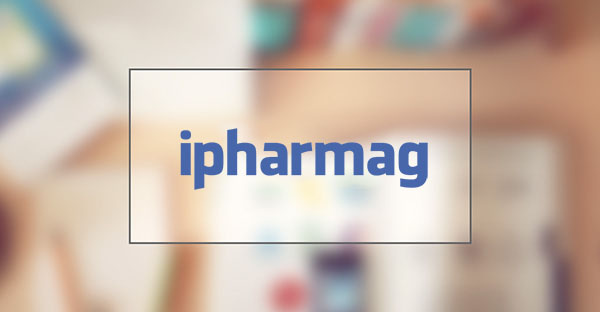Introduction
We live in an era where the pharmaceutical industry plays a crucial role in maintaining and improving our health. The development, production, and distribution of pharmaceuticals are regulated to ensure their safety, efficacy, and quality. This blog post will journey through the process of pharmaceutical regulation.
Preclinical Research
Pharmaceutical regulation begins with preclinical research, which refers to experiments conducted on cells, tissues, and animals to assess the safety and efficacy of potential drugs. Regulatory bodies review the data from these studies before allowing the drug to progress to clinical trials.
Clinical Trials
Clinical trials are conducted on human participants to further evaluate the safety and efficacy of the drug. These trials are divided into three phases, with each phase aiming to answer specific questions about the drug’s safety, effectiveness, and optimal dosage. Regulatory bodies closely monitor these trials to ensure ethical conduct and accurate data collection.
New Drug Application (NDA) or Biologics License Application (BLA)
Once clinical trials are complete, the pharmaceutical company submits a New Drug Application (NDA) or Biologics License Application (BLA) to the regulatory body, such as the Food and Drug Administration (FDA) in the United States. This application includes all the data collected from preclinical and clinical trials, as well as information about the drug’s manufacturing process.
Review and Approval
The regulatory body reviews the application to ensure that the data is accurate, the drug is safe and effective, and the manufacturing process meets quality standards. If the application is approved, the drug can be marketed and sold to the public.
Post-Marketing Surveillance
Even after a drug is approved, it continues to be monitored for safety and efficacy through post-marketing surveillance. Regulatory bodies collect data on adverse events, product quality issues, and effectiveness in real-world settings. This information helps identify potential problems and guide future updates to the drug’s labeling or manufacturing process.
Conclusion
Pharmaceutical regulation is a complex process designed to protect public health by ensuring that drugs are safe, effective, and manufactured to high-quality standards. While the journey from lab bench to pharmacy shelf can be long and challenging, it is essential to maintain trust in the pharmaceutical industry and provide patients with the best possible treatments.

